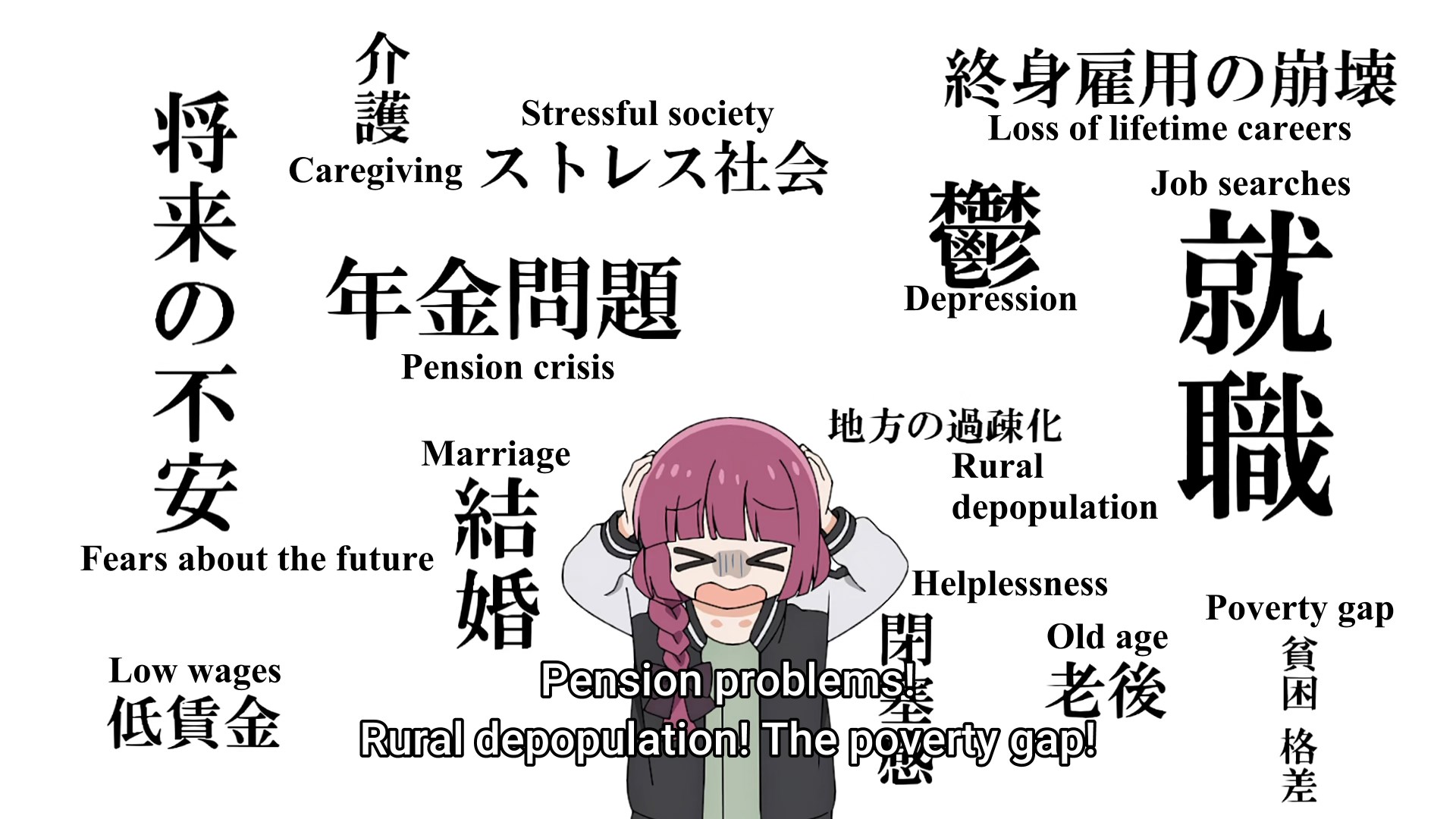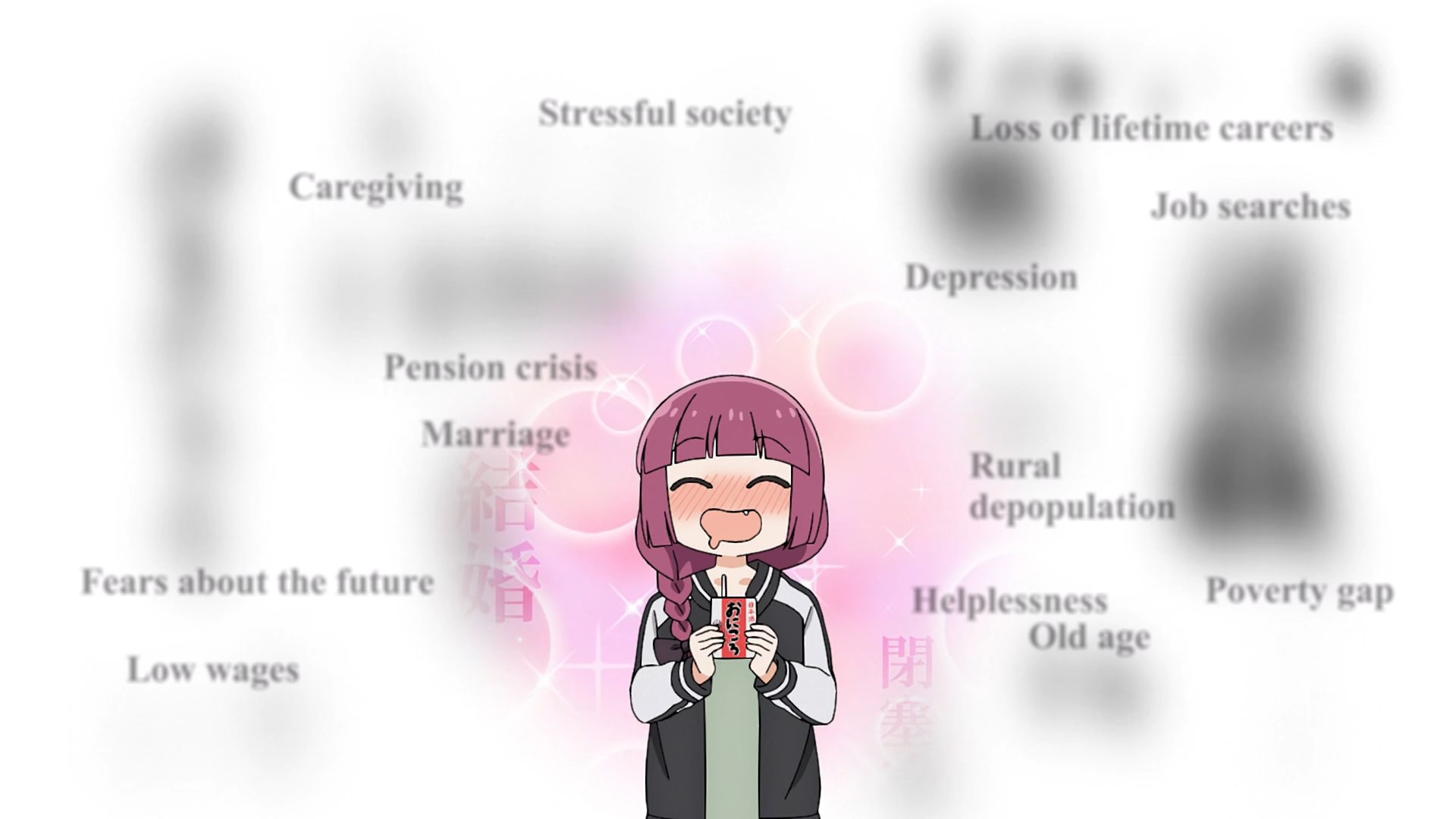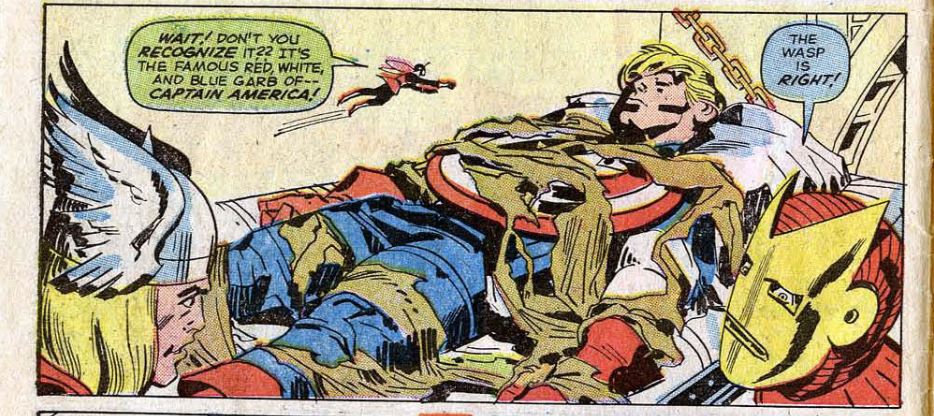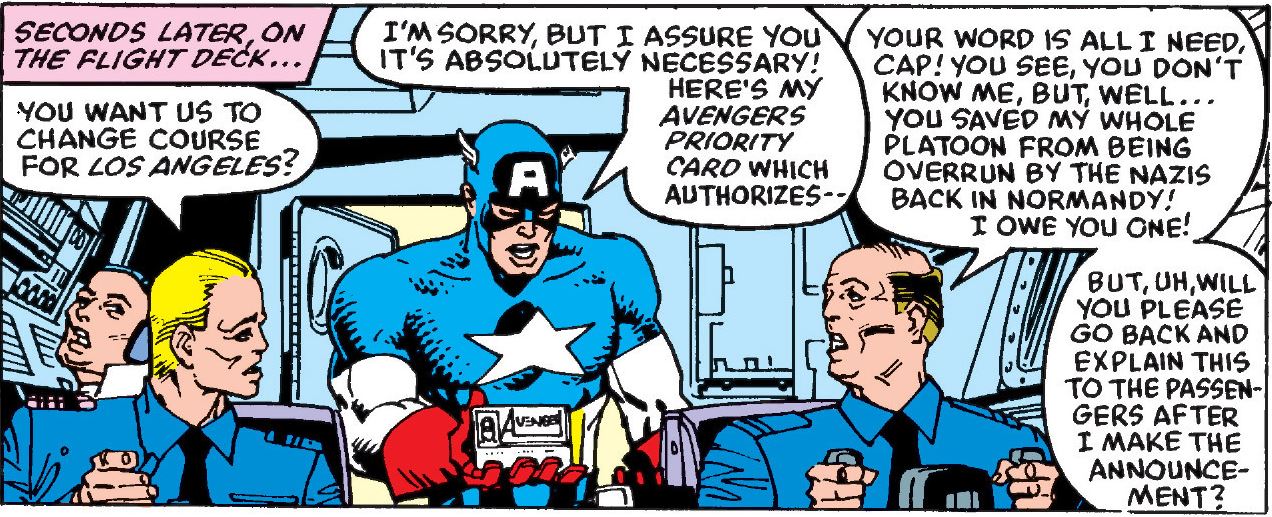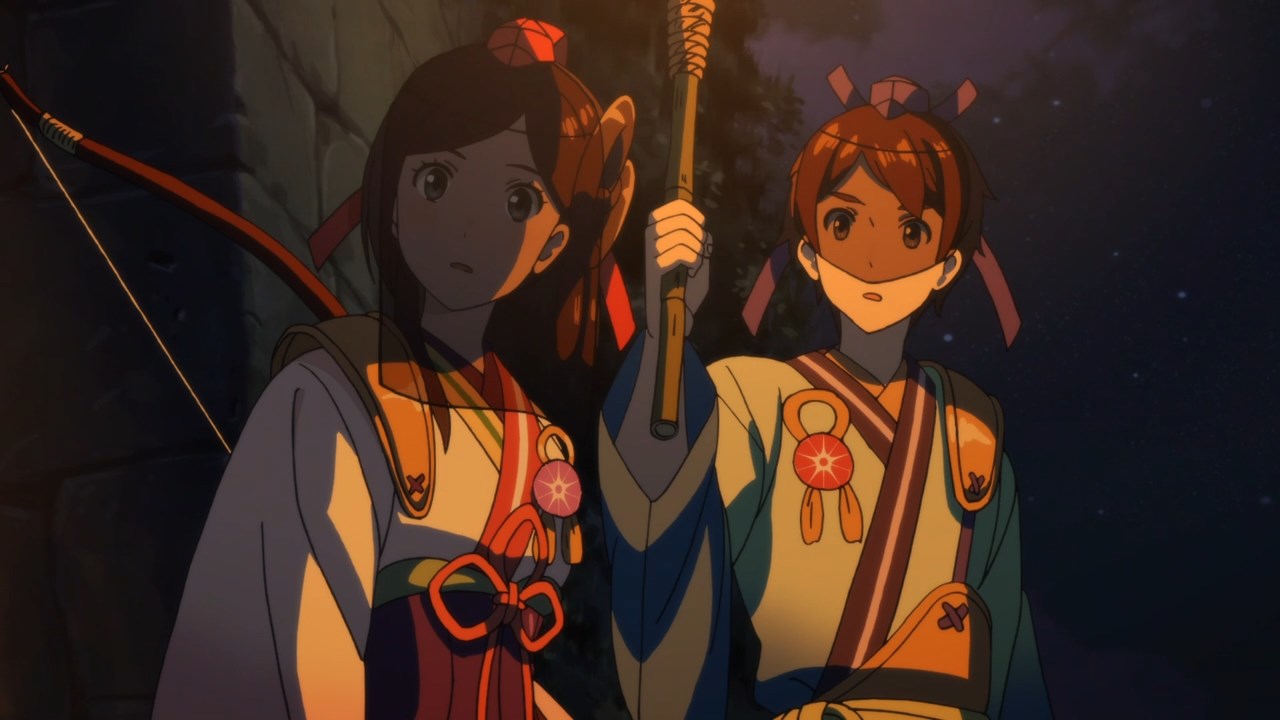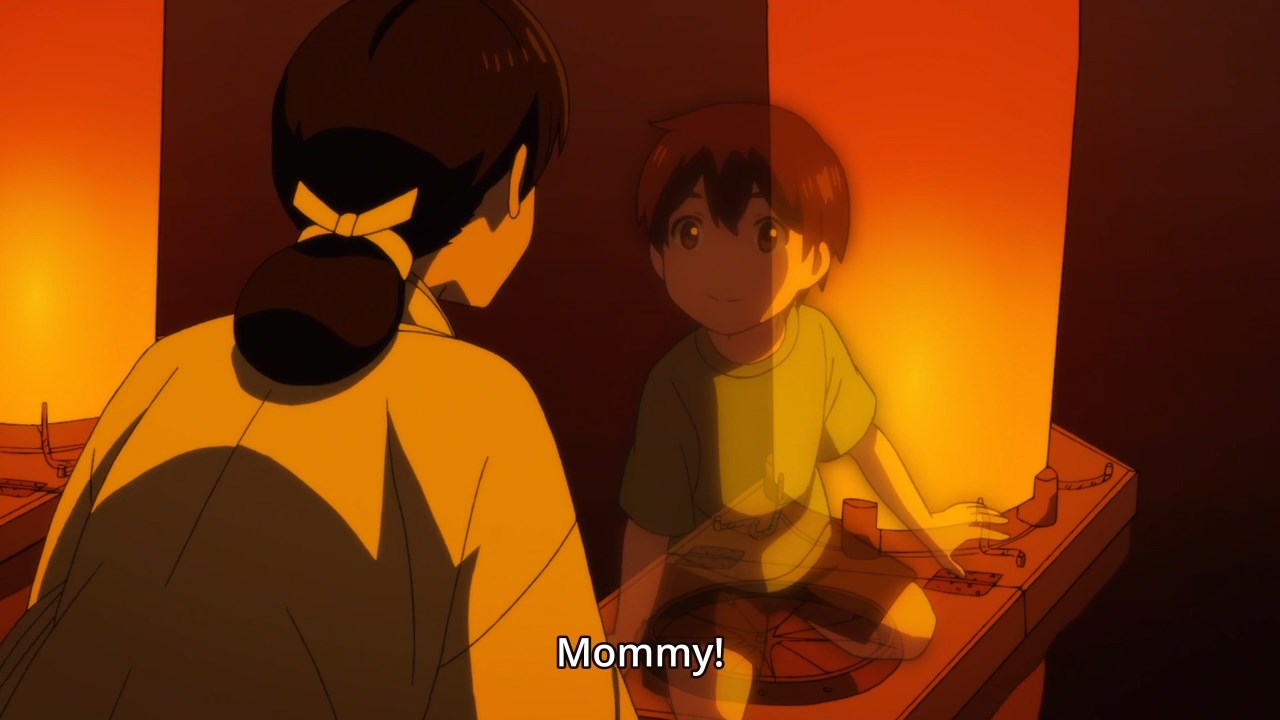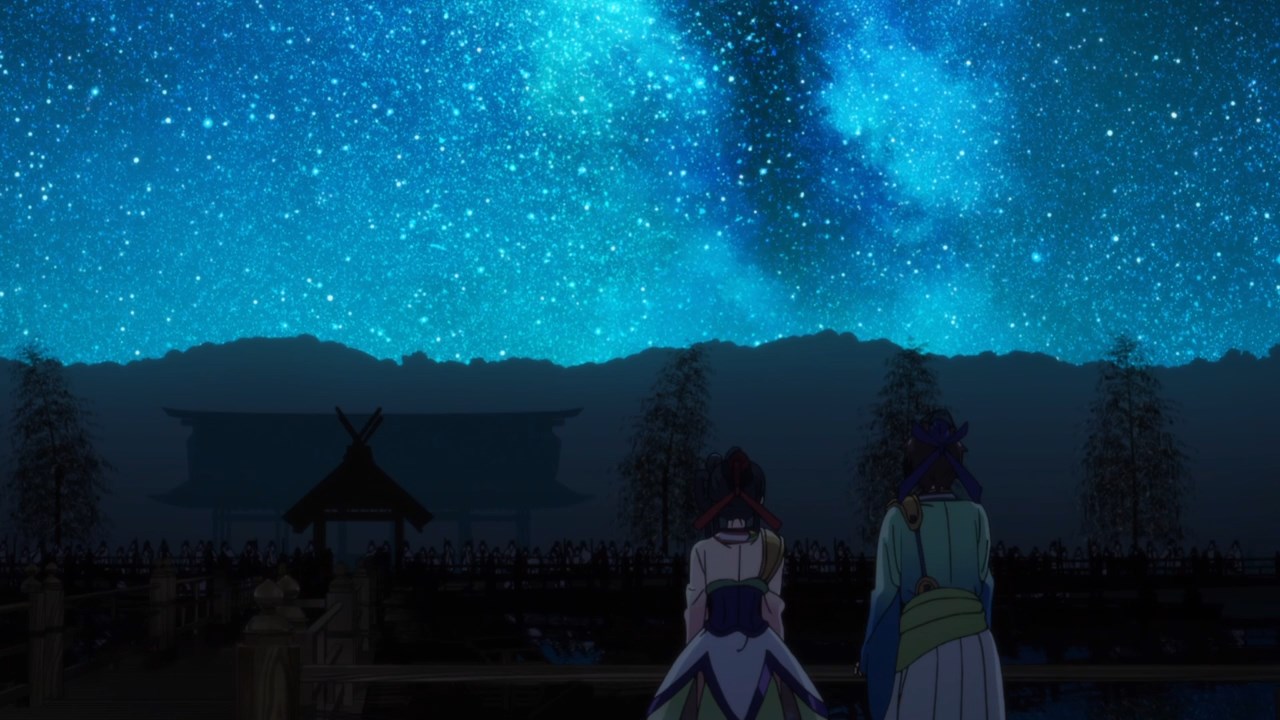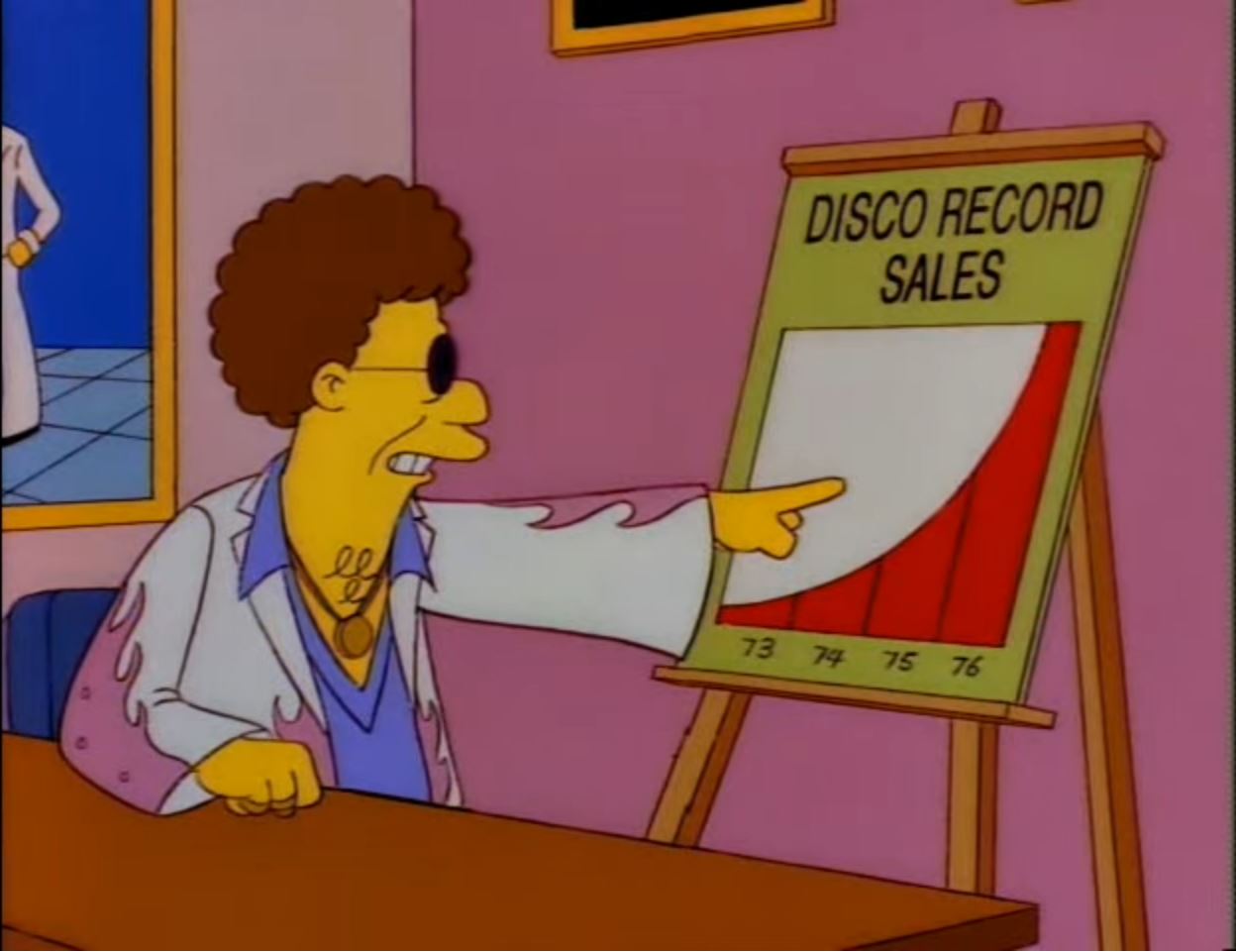
Due to the glorious future Twitter is being dragged kicking and screaming into thanks to the inspired leadership of Elon Musk, suupergenius, UI thought it was time to give the ol’ blog a bit of attention again. Not that I haven’t been blogging semi-regularly, but whereas a decade ago I’d hit a post a day fairly regularly, the past couple of years I’ve lucky to get into double digits in a given month. Mostly focused on anime too, as for political and other writing Twitter was just too handy. But if Twitter is going away, will blogs make a comeback?
Doubt.
So much of the blogging infrastructure has been trashed over the past decade and a half, so much has been moved to centralised social media platforms that it’s unlikely we’ll ever return to the Golden Age of Blogging. If Twitter really does get destroyed by Musk, we’ll lose that as a platform as well though, so what are the alternatives? Hastily thrown up Twitter clones, single purpose Discord servers or Telegram channels, other social media like Instagram or *shudder* Tumblr, maybe even Mastodon, the technohippy anti-Twitter? None of them really suits my needs sso if I’m going to put effort in a new platform, it’s going to be my own.
Hence me culling the blogroll today. A bit of a slaughter there: so many blogs that stopped updating more than a decade ago, finally removed. Interestingly it’s the fandom blogs that proved the strongest. Perhaps anime weebs and sf nerds just have more staying power than politics geeks, cravingly following the masses to Twitter. A sad moment to be honest, seeing all those blogs that had so much time and effort put into them, just gone. Some were removed entirely, their servers no longer available, some on blogging sites had been taken over by Indonesian spamhouses, some just had their last post still displayed, October 11, 2015.
Regrowing these links will take time and it will never be as exciting or cool as it was the first time around, but that’s no reason not to try it. Won’t you join me in taking back ownership of your online presence?
